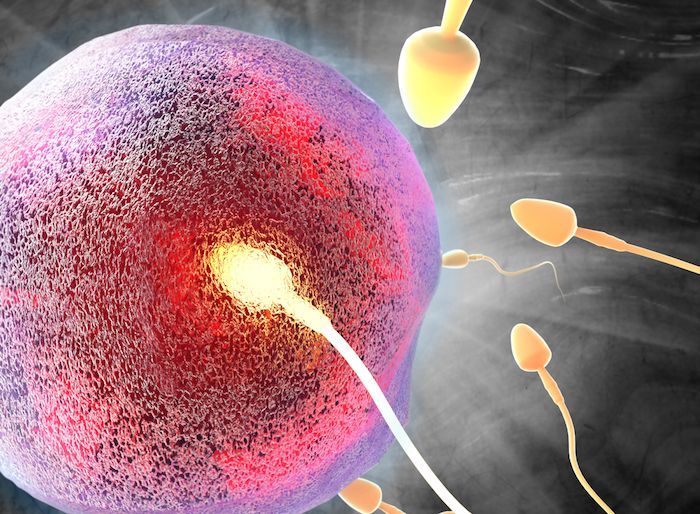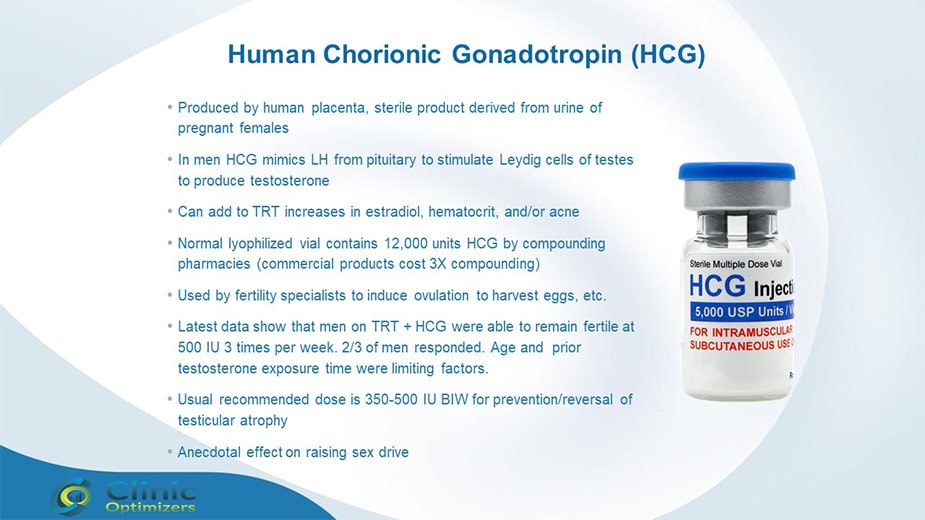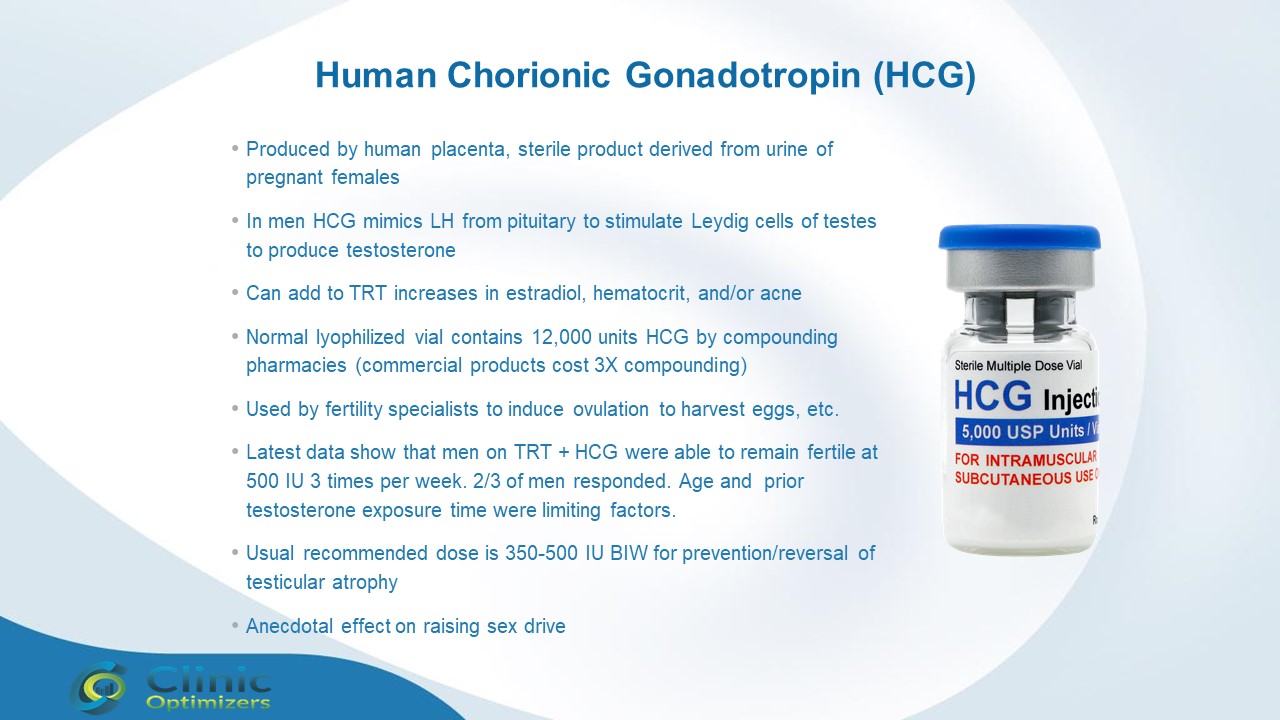madman
Super Moderator
It is estimated that infertility affects 8–12% of couples globally, with a male factor being a primary or contributing cause in approximately 50% of couples. Causes of male subfertility vary highly, but can be related to congenital, acquired, or idiopathic factors that impair spermatogenesis. Many health conditions can affect male fertility, which underscores the need for a thorough evaluation of patients to identify treatable or reversible lifestyle factors or medical conditions. Although semen analysis remains the cornerstone for evaluating male infertility, advanced diagnostic tests to investigate sperm quality and function have been developed to improve diagnosis and management. The use of assisted reproductive techniques has also substantially improved the ability of couples with infertility to have biological children. This Seminar aims to provide a comprehensive overview of the assessment and management of men with infertility, along with current controversies and future endeavors.
Introduction
WHO defines infertility as the inability to conceive after at least 12 months of regular, unprotected sexual intercourse.1 Infertility is a major health problem worldwide and is estimated to affect 8–12% of couples in the reproductive age group.2 A Global Burden of Disease survey reported that between 1990 and 2017, the age-standardized prevalence of infertility increased annually by 0·370% in women and by 0·291% in men.3 Infertility causes substantial psychological and social distress,4,5 and imposes a considerable economic burden on patients and health-care systems.6 Early diagnosis and appropriate management can mitigate these factors. In a prospective study of 384419 Danish men, Glazer and colleagues7 reported a higher risk of mortality among men with male factor infertility than among men who were fertile. Ventimiglia and colleagues8 showed that impaired male reproductive health (including poorer semen parameters and lower testosterone levels) was associated with a higher Charlson Comorbidity Index, which is a proxy of decreased general health status.9 Severe male infertility is also associated with a greater incidence of cancer.10 Thus, early detection of male subfertility offers the opportunity for identification and correction of medical conditions affecting not only fertility but also general health and wellbeing.11
There is increasing evidence that paternal health at the time of conception can affect the offspring’s metabolic health and reproductive potential, through the transgenerational transmission of epigenetic modifications.1Thus, obesity or diabetes13 might contribute not only to male subfertility but can also compromise the health of future progeny. A study of 744 men with infertility revealed that 15·4% of men who met the criteria suggestive of prediabetes were at increased risk of hypogonadism, higher sperm DNA fragmentation, and non-obstructive azoospermia.14 Men who are oligozoospermic are more likely to have metabolic syndrome than men who are normozoospermic.15 Therefore, it is important to look beyond a semen analysis and to view male infertility as a condition connected to and promoting a state of impaired metabolism.
The cause of infertility lies solely with the man in 20–30% of cases and a male cause is contributory in a further 20%.16,17 In 1992, a large meta-analysis by Carlsen and colleagues confirmed that sperm counts had declined by 50% during a 60-year period.18 Subsequently, numerous studies have shown similar declines globally,19,20 although some studies have disputed this claim.21,22 A systematic review by Levine and colleagues23 reported that sperm counts decreased by 50–60% between 1973 and 2011.
The causes of male subfertility are wide-ranging and poorly understood in most cases.24–26 Although various diagnostic tests are available, their interpretation is imprecise and often subjective.27 Intracytoplasmic sperm injection has made it possible to achieve pregnancy with very poor semen quality—eg, in cases of azoospermia for which surgically retrieved testicular sperm are used.28 Exciting new therapies using stem cells and in-vitro sperm maturation is still experimental. This Seminar aims to review our current understanding of these issues and provide practice guidelines for individualizing and optimizing the management of men with subfertility.
*Causes
*Evaluation
-Medical history
-Semen analysis
-Physical examination
-Hormonal evaluation
-Genetic testing
-Imaging
-Specialized tests
*Management
-Azoospermia
-Varicocele
-Idiopathic male infertility
*Role of assisted reproductive technology
Future therapies and challenges
Advancements in the current era of omics technologies facilitate the diagnosis and management of male infertility at genetic, molecular, and cellular levels. Next-generation sequencing technologies, such as disease-targeted sequencing, whole exome and genome sequencing, and epigenetic analysis of sperm, are promising techniques in genetic testing.173 Next-generation sequencing technologies have enabled the identification of novel candidate genes associated with male infertility conditions such as azoospermia,174 oligozoospermia,175 and idiopathic male infertility.107 Discoveries on the role of small RNAs and microRNAs in epigenetic regulations,176 and their involvement in spermatogenesis and epididymal sperm maturation has expanded current understanding of these processes.177–180 Metabolic fingerprinting of seminal plasma is another promising area of research, especially in cases of idiopathic male infertility.181 A study published in 2019 found that reactive oxygen species-induced epigenetic alterations of sperm DNA and seminal metabolic profile was correlated with semen quality in men with infertility who were normozoospermic.182
The paradigm shift to proteomic research of male reproduction has revealed several proteins as biomarkers that are associated with various causes of male infertility, such as oxidative stress-mediated sperm dysfunction,183,184 varicocele,176,185,186 asthenozoospermia,187,188 globozoospermia,189,190 and testicular cancer.191,192 A major problem is the identification of a unique biomarker associated with a specific condition. Strategically, a correct diagnosis can be achieved by developing a protein biomarker panel with high specificity for the diagnosis of a particular male infertility condition. Also, before the clinical implementation of omics findings, it is vital to identify the applicability of suitable omics data or their combination with proper clinical validation.193
The future diagnostics and management of male infertility are moving towards the fusion of andrology with artificial intelligence, using intensive machine learning. Algorithms are being developed to predict which men are azoospermic and might require genetic investigation, sperm detection, and selection for assisted reproductive technology and embryo selection for in vitro fertilization.194 The use of artificial intelligence in andrology and assisted reproductive technology is still in its early phase and comes with ethical issues, hence further comprehensive and extensive research is warranted.195,196
In the past decade, research in male reproduction has seen substantial advancements in next-generation therapeutics using stem cells. Different in-vitro methods and organ models using embryonic stem cells, induced pluripotent stem cells, and glioblastoma stem cells were developed for the successful production of spermatozoa.197 Fang and colleagues highlighted the possible use of human-induced pluripotent stem cells in the therapeutics of male infertility.198 Human induced pluripotent stem cells can potentially be used to rebuild spermatogenesis, and in the CRISPR-Cas9 gene-editing technique to correct genetic disorders. Furthermore, human-induced pluripotent stem cell-derived exosomes might hold therapeutic implications in regaining spermatogenic function in patients who have had chemotherapy or radiotherapy.198 Similar regenerative and self-renewal characteristics possessed by spermatogonial stem cells have opened up new perspectives in the therapeutics of male infertility.199,200 Autografting cryobanked spermatogonial tissue was proposed as a new strategy of fertility preservation for pediatric patients who have undergone gonadotoxic therapy.201 However, several barriers, including ethical issues and the risk of transmitting genetic insults to the offspring during in vitro culture of stem cells must be overcome before stem cell therapy can be used for the management and treatment of male infertility.
Introduction
WHO defines infertility as the inability to conceive after at least 12 months of regular, unprotected sexual intercourse.1 Infertility is a major health problem worldwide and is estimated to affect 8–12% of couples in the reproductive age group.2 A Global Burden of Disease survey reported that between 1990 and 2017, the age-standardized prevalence of infertility increased annually by 0·370% in women and by 0·291% in men.3 Infertility causes substantial psychological and social distress,4,5 and imposes a considerable economic burden on patients and health-care systems.6 Early diagnosis and appropriate management can mitigate these factors. In a prospective study of 384419 Danish men, Glazer and colleagues7 reported a higher risk of mortality among men with male factor infertility than among men who were fertile. Ventimiglia and colleagues8 showed that impaired male reproductive health (including poorer semen parameters and lower testosterone levels) was associated with a higher Charlson Comorbidity Index, which is a proxy of decreased general health status.9 Severe male infertility is also associated with a greater incidence of cancer.10 Thus, early detection of male subfertility offers the opportunity for identification and correction of medical conditions affecting not only fertility but also general health and wellbeing.11
There is increasing evidence that paternal health at the time of conception can affect the offspring’s metabolic health and reproductive potential, through the transgenerational transmission of epigenetic modifications.1Thus, obesity or diabetes13 might contribute not only to male subfertility but can also compromise the health of future progeny. A study of 744 men with infertility revealed that 15·4% of men who met the criteria suggestive of prediabetes were at increased risk of hypogonadism, higher sperm DNA fragmentation, and non-obstructive azoospermia.14 Men who are oligozoospermic are more likely to have metabolic syndrome than men who are normozoospermic.15 Therefore, it is important to look beyond a semen analysis and to view male infertility as a condition connected to and promoting a state of impaired metabolism.
The cause of infertility lies solely with the man in 20–30% of cases and a male cause is contributory in a further 20%.16,17 In 1992, a large meta-analysis by Carlsen and colleagues confirmed that sperm counts had declined by 50% during a 60-year period.18 Subsequently, numerous studies have shown similar declines globally,19,20 although some studies have disputed this claim.21,22 A systematic review by Levine and colleagues23 reported that sperm counts decreased by 50–60% between 1973 and 2011.
The causes of male subfertility are wide-ranging and poorly understood in most cases.24–26 Although various diagnostic tests are available, their interpretation is imprecise and often subjective.27 Intracytoplasmic sperm injection has made it possible to achieve pregnancy with very poor semen quality—eg, in cases of azoospermia for which surgically retrieved testicular sperm are used.28 Exciting new therapies using stem cells and in-vitro sperm maturation is still experimental. This Seminar aims to review our current understanding of these issues and provide practice guidelines for individualizing and optimizing the management of men with subfertility.
*Causes
*Evaluation
-Medical history
-Semen analysis
-Physical examination
-Hormonal evaluation
-Genetic testing
-Imaging
-Specialized tests
*Management
-Azoospermia
-Varicocele
-Idiopathic male infertility
*Role of assisted reproductive technology
Future therapies and challenges
Advancements in the current era of omics technologies facilitate the diagnosis and management of male infertility at genetic, molecular, and cellular levels. Next-generation sequencing technologies, such as disease-targeted sequencing, whole exome and genome sequencing, and epigenetic analysis of sperm, are promising techniques in genetic testing.173 Next-generation sequencing technologies have enabled the identification of novel candidate genes associated with male infertility conditions such as azoospermia,174 oligozoospermia,175 and idiopathic male infertility.107 Discoveries on the role of small RNAs and microRNAs in epigenetic regulations,176 and their involvement in spermatogenesis and epididymal sperm maturation has expanded current understanding of these processes.177–180 Metabolic fingerprinting of seminal plasma is another promising area of research, especially in cases of idiopathic male infertility.181 A study published in 2019 found that reactive oxygen species-induced epigenetic alterations of sperm DNA and seminal metabolic profile was correlated with semen quality in men with infertility who were normozoospermic.182
The paradigm shift to proteomic research of male reproduction has revealed several proteins as biomarkers that are associated with various causes of male infertility, such as oxidative stress-mediated sperm dysfunction,183,184 varicocele,176,185,186 asthenozoospermia,187,188 globozoospermia,189,190 and testicular cancer.191,192 A major problem is the identification of a unique biomarker associated with a specific condition. Strategically, a correct diagnosis can be achieved by developing a protein biomarker panel with high specificity for the diagnosis of a particular male infertility condition. Also, before the clinical implementation of omics findings, it is vital to identify the applicability of suitable omics data or their combination with proper clinical validation.193
The future diagnostics and management of male infertility are moving towards the fusion of andrology with artificial intelligence, using intensive machine learning. Algorithms are being developed to predict which men are azoospermic and might require genetic investigation, sperm detection, and selection for assisted reproductive technology and embryo selection for in vitro fertilization.194 The use of artificial intelligence in andrology and assisted reproductive technology is still in its early phase and comes with ethical issues, hence further comprehensive and extensive research is warranted.195,196
In the past decade, research in male reproduction has seen substantial advancements in next-generation therapeutics using stem cells. Different in-vitro methods and organ models using embryonic stem cells, induced pluripotent stem cells, and glioblastoma stem cells were developed for the successful production of spermatozoa.197 Fang and colleagues highlighted the possible use of human-induced pluripotent stem cells in the therapeutics of male infertility.198 Human induced pluripotent stem cells can potentially be used to rebuild spermatogenesis, and in the CRISPR-Cas9 gene-editing technique to correct genetic disorders. Furthermore, human-induced pluripotent stem cell-derived exosomes might hold therapeutic implications in regaining spermatogenic function in patients who have had chemotherapy or radiotherapy.198 Similar regenerative and self-renewal characteristics possessed by spermatogonial stem cells have opened up new perspectives in the therapeutics of male infertility.199,200 Autografting cryobanked spermatogonial tissue was proposed as a new strategy of fertility preservation for pediatric patients who have undergone gonadotoxic therapy.201 However, several barriers, including ethical issues and the risk of transmitting genetic insults to the offspring during in vitro culture of stem cells must be overcome before stem cell therapy can be used for the management and treatment of male infertility.




















